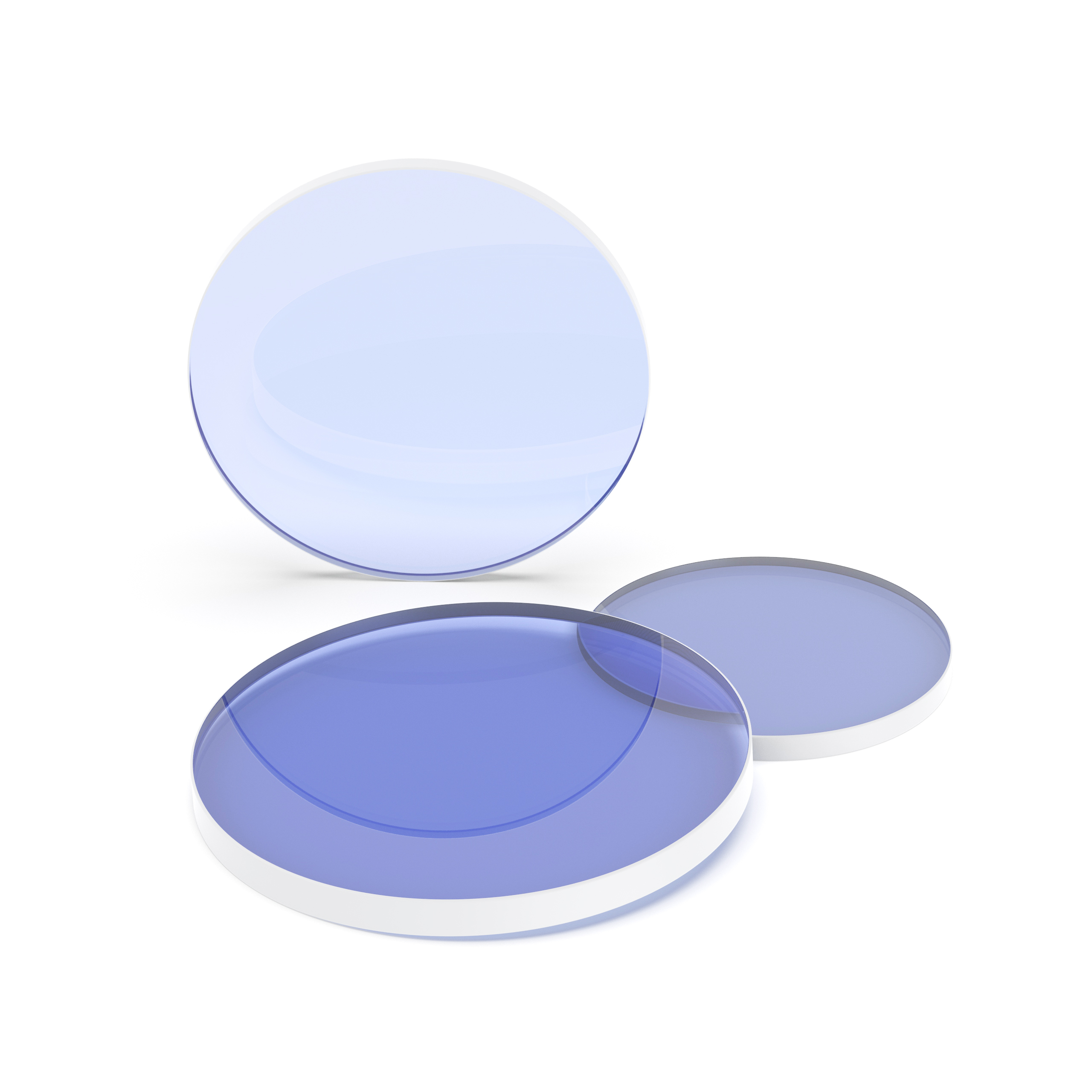close
Choose Your Site
Global
Social Media




| Availability: | |
|---|---|
Broadband Dielectric Mirrors (BDMs) are optical components designed to reflect a wide range of wavelengths with high efficiency. Unlike narrowband HR mirrors, BDMs use multi-layer dielectric coatings to achieve reflectivity >99% across broad spectral bands (e.g., 400–700 nm, 700–1100 nm). These mirrors are ideal for applications requiring uniform performance across multiple wavelengths, such as fluorescence microscopy, laser communications, and white-light interferometry .

Product: Broadband Dielectric Mirrors
Material: Fused Silica/BK7
Clear Aperture: >90%
Diameter Tolerance: +/-0.1mm
Bevel: Break sharp edges
Flatness (PV): <1/10L@633nm
Surface Quality: 10-5
Thickness Tolerance: +/-0.1mm
Wideband Reflectivity
BDMs achieve high reflectivity (>99%) over broad wavelength ranges, eliminating the need for multiple narrowband mirrors in multi-wavelength systems.
Low Dispersion
Coatings are engineered to minimize chromatic dispersion, ensuring consistent phase response across the operational bandwidth. This is critical for ultrafast laser applications.
High Damage Threshold
BDMs are designed to handle high-power laser systems, with LIDT values exceeding 10 J/cm² for nanosecond pulses.
Customizable Bandwidths
Available for UV, visible, and NIR ranges, BDMs can be tailored to specific applications, such as 320–450 nm for UV spectroscopy or 650–1100 nm for Ti:Sapphire lasers.
Polarization Options
BDMs can be optimized for s-polarized, p-polarized, or polarization-independent performance, offering flexibility for diverse optical setups.
Fluorescence Microscopy
BDMs reflect excitation wavelengths while transmitting emission signals, enabling efficient separation of light paths in confocal and widefield microscopes.
Laser Communications
In free-space optical communication systems, BDMs reflect multiple wavelengths simultaneously, enhancing data transmission rates and reducing system complexity.
Ultrafast Laser Systems
BDMs with low dispersion are used in chirped pulse amplification (CPA) systems to maintain pulse integrity during compression and amplification.
White-Light Interferometry
BDMs’ broadband reflectivity supports high-resolution surface profilometry by reflecting the entire visible spectrum, enabling accurate 3D measurements.
Astronomical Telescopes
BDMs are used in telescope optics to maximize light collection efficiency across broad spectral bands, improving image quality for celestial observations.
Q: How do Broadband Dielectric Mirrors achieve broadband reflectivity?
A: Broadband Dielectric Mirrors use alternating layers of high and low refractive index materials (e.g., TiO₂ and SiO₂) to create constructive interference across a broad wavelength range.
Q: Can Broadband Dielectric Mirrors be used at angles other than 45°?
A: Broadband Dielectric Mirrors are typically designed for 45° AOI, but custom designs can accommodate other angles. However, reflectivity and bandwidth may shift with angle changes.
Q: What is the trade-off between bandwidth and reflectivity?
A: Wider bandwidths generally result in slightly lower peak reflectivity. Our Broadband Dielectric Mirrors balance these factors to meet application-specific requirements.
Q: Are Broadband Dielectric Mirrors suitable for high-power continuous-wave (CW) lasers?
A: Yes, Broadband Dielectric Mirrors with optimized coatings can handle CW lasers up to kilowatt levels. Always specify your laser parameters for optimal design.
Coating Innovation
Our Broadband Dielectric Mirrors employ advanced multi-layer designs, including chirped mirrors for dispersion control, to meet the most demanding applications.
Rigorous Quality Control
Each Broadband Dielectric Mirrors undergoes spectral analysis, LIDT testing, and environmental stress tests to ensure reliability in harsh conditions.
Application-Specific Solutions
We work closely with customers to design Broadband Dielectric Mirrors for unique requirements, such as UV resistance, high-temperature stability, or custom substrate shapes.